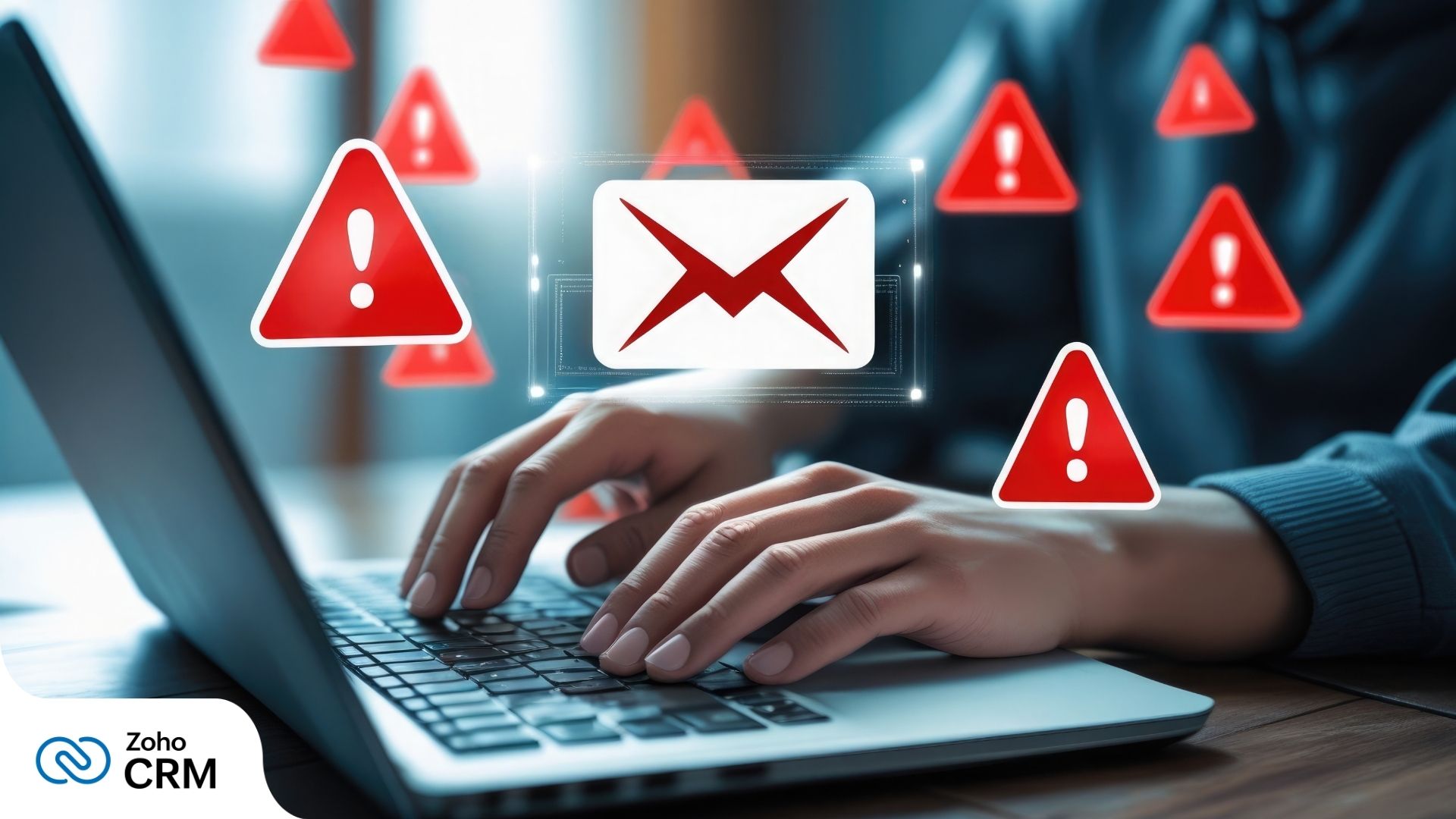- HOME
- Management
- Maximize your ROI from your supply with Revenue Management
Maximize your ROI from your supply with Revenue Management
- Last Updated : June 11, 2025
- 392 Views
- 7 Min Read

As a business, your most fundamental task is to address the demand from prospective customers with the supply you have. But here's the catch: depending on the type of business you run, your supply could be theoretically infinite—consisting of licenses for SaaS products, for example—or effectively finite—as is the case with manufacturing, where your supply of raw materials dictates the volume of output, or seats on an airplane, rooms in a hotel, or tee times in a golf club.
If yours is one of the latter, it's vital that you maximize your earnings with the limited supply you have to offer.
"But why?" is probably what you might be thinking, and the answer is that it's hard for these types of businesses to scale their supply based on a sudden spike in demand. It's 2025, but we don't have the technology to conjure up additional seats on airplanes on a busy weekend or construct multiple hotel rooms during the holiday rush.
In the case of manufacturing industries, if there's a sudden spike in demand, you can't simply flip a switch and ramp up production, right? Are your suppliers ready to provide the additional raw materials to help you meet production demands? Do you have enough storage space to manage the additional raw materials and output? Your logistics network also needs to be ready to handle excess load and transport everything on time.
Conversely, imagine you end up producing too much and suddenly demand tapers off. Now you're sitting on entire warehouses of inventory that are eating up space and, more importantly, eating up your finances.
So the challenge is to make the most of what you have. How do you go about doing that? Is there a way to maximize your revenue amid the chaos of a demand spike?
Revenue management
Revenue management is the discipline of maximizing a business's revenue by making the most of every piece of inventory available, especially in businesses dealing with high fixed costs and non-elastic supply. It helps businesses deal with the ebb and flow of demand using their limited supply at any given moment.
To boil it down to a catchy one liner, revenue management is the art of selling the right product to the right customer at the right price, at the right time, and through the right channel.
It starts with leveraging the treasure trove of historical sales data you have across your systems to forecast spikes in demand. Data driven forecasting can help you establish an outline of demand spikes, which you can then expand upon with additional factors that contribute to increases in demand, like seasonal events, economic factors, or competitors.
With revenue management, your business can treat every day like a micro-market, with its own set of target audiences, goals, and, most importantly, its own daily demand/supply curve.
You might now be wondering what it takes to execute this strategy properly. The simple answer is a strong understanding of your business model and underlying factors that drive it, like your competitors, customers, and calendars.
So how do you go about maximizing revenue through the efficient use of your inventory?
Knowledge is power
Every successful business that wants to play the long game needs to understand this concept and act on it. The first step to successful revenue management practices is developing a comprehensive understanding of your business and every factor (direct and indirect) that affects its performance.
Inventory knowledge - Foremost is, of course, getting a deep understanding of your own inventory, whether it's products or services. Are you a hotel renting out rooms or a golf course selling tee times for your greens? You need to have a strong grasp on what kind of offerings you have, how much they cost, any special pricing rules or discounts you have in play, and any offerings that are limited-time only.
Customer knowledge - The next important factor you need to understand are your customers themselves. What is your ideal customer persona (ICP)? Who are your best buyers and where are they from? Are there correlations between the demographic or firmographics of your customers and their purchases?
Calendar knowledge - Pay attention to how your calendar affects your sales. Track how seasons, events, public holidays, seasonal holidays, and other calendar periods drive demand for your products or services up or down. Summers often lead to spikes in hotel bookings for families on vacation and surges in demand for air conditioners as people seek to keep cool. If there are expos or business events in the area, hotels might see increased demand from business people looking for accommodations close to their venues.
Market knowledge - Research and analyze your products and offerings and compare them to your competitors in the market. What are the virtues of their offerings versus yours? What do they do differently? Is it price, quality, or service standards that set them apart? Who are your prospective customers evaluating alongside you when making a purchase?
Knowledge of past performance - Finally, understand how your own business has performed across different time periods of years past; identify fluctuations in demand that your business has dealt with, and recognize whether you had enough supply. How did this impact your revenue? What pricing strategies did you use as demand fluctuated? What worked and what didn't? Have you derived insights from these past experiences to drive better decision making in the future?
Dice, segment, and prep (your data)
To plan and execute effective revenue management strategies, you need data—lots of data. If you've completed the last step outlined above, you'll have gathered all this data. Now you need to slice and dice it to find underlying patterns.
This is an important step in identifying how you can approach positioning your products and services in a way that maximizes the revenue they yield. What are the different types of customers you attract? Are there specific price points that work better than others? Are there specific types of customers who are especially price-conscious? Are there customers who tend not to care about price? Are there certain offers that people actively look for and redeem?
By collecting, segmenting, and analyzing your business metrics, these are the kinds of insights you can derive that will inform your strategies on pricing, availability, and offers to maximize sales on the inventory you have.
Predict the future—not with a crystal ball, but with data
One of the neat things a large dataset (like the one we've built in the previous step) enables you to do is to predict the future. No need for magic or crystal balls here!
Take your business metrics and use your CRM, BI, or revenue management system to create forecasts that analyze your business's performance and market trends over time, as well as your customer segments—all to create a data-backed prediction of what your demand curve and probable purchase patterns might look like. This gives you a baseline to work off of and use to plan for deviations from projected trends.
Additionally, keep an eye on trends, announcements, and regulations that could have an impact on your industry or your customers, as these can directly impact your demand curve, and it's vital that you stay ahead of them.
Is the price right for everyone?
Once your customers are segmented and their demands forecasted, the most important thing that remains to be done is to price your offerings appropriately, which involves analyzing your data and developing the right pricing strategies to maximize revenue.
Do you keep prices of hotel rooms and golf courses high on weekdays? You may want to if business people are your target audience. Should you have lower costs and offers for earlier bookings? If your target is families on vacation, that may be the right call.
Is a company buying from you in bulk? You may want a corporate discount policy in place to ensure you close these deals.
You could even go a step further and implement these strategies in a CPQ system that can transform the insights you've gleaned into tangible revenue. You can bundle products and services, create pricing rules and discounts for various customer segments, and much more with a robust CPQ system in place.
But when you're planning your pricing strategies, always be sure to minimize your risk. Set prices too low, and potential buyers may see your offering as cheap; go too far in the other direction, and budget-conscious buyers may think you're too premium. It's always good to be flexible in your pricing strategy so you can pivot to what works depending on external changes and factors beyond your control that impact your sales.
Iterate and refine over time
In the business world, nothing stays the same over long periods of time. There are constant changes in customer needs, the economy, the quality of your products and services, market regulations, environmental factors, and more that dictate your performance.
So no strategy is foolproof if you aren't constantly reviewing your business metrics and refining your revenue management strategies to accommodate changes and external factors. Change is the only constant, and as business owners, it's important to actively measure what works with relevant KPIs and, if necessary, A/B testing different pricing strategies to find the ones that work for you.


